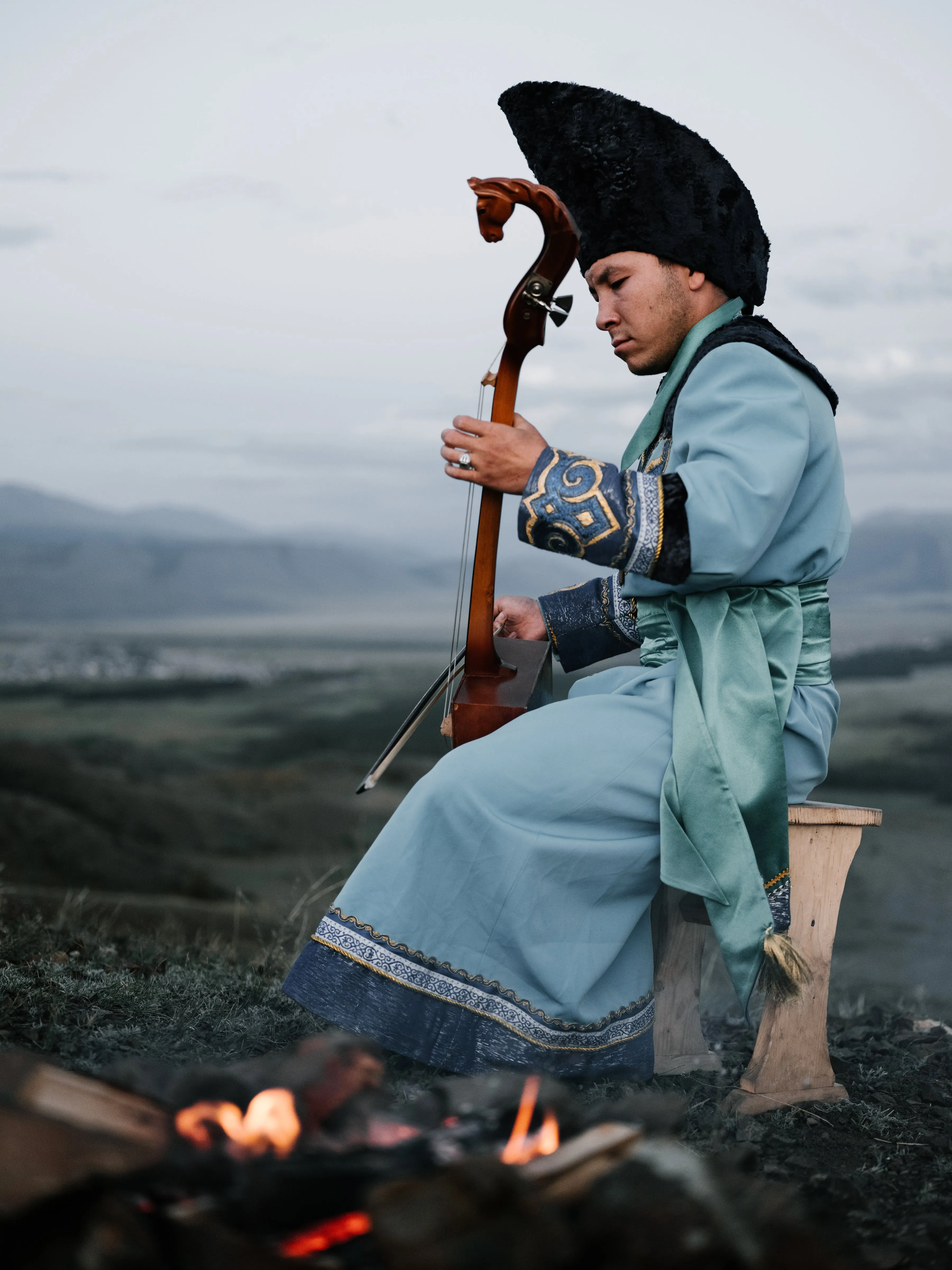The Beauty of Traditional Folk Music
In a world pulsating with modern beats and digital tunes, there's a timeless allure to the rustic melodies and age-old stories woven into the fabric of traditional folk music. Join me on a journey as we explore the captivating beauty of folk tunes, each note resonating with the rich tapestry of cultural heritage.

A Melodic Tapestry of Stories
Anecdote: Grandmother's Lullabies
My earliest memories of folk music are wrapped in the soothing embrace of my grandmother's lullabies. Her tender voice, accompanied by the gentle strumming of a guitar, transported me to a world where tales of love, loss, and life unfolded through melodies passed down through generations.
The Cultural Mosaic
- Regional Flavors: Folk music is a living testament to the diversity of cultures worldwide. From the haunting ballads of the Scottish Highlands to the lively tunes of Irish jigs, each region contributes its unique flavor to the vast tapestry of folk music.
- Storytelling Tradition: At its core, folk music is a storyteller's medium. Through simple lyrics and soulful tunes, it weaves tales of local heroes, mythical creatures, and everyday struggles, preserving oral traditions that might otherwise fade into obscurity.
- Community Connection: Folk music is not just a solitary performance; it's a communal experience. Whether sung around a campfire, at a barn dance, or during a religious ceremony, these tunes bind communities together, fostering a shared identity.
Instruments That Speak
Anecdote: The Rustic Charm of a Fiddle
As a child, the sight of my grandfather playing the fiddle in our backyard remains etched in my memory. The rustic charm of this instrument, with its soul-stirring melodies, exemplifies the profound connection between folk musicians and their chosen instruments.
Versatility in Simplicity
- Acoustic Wonders: folk music instruments, often acoustic and uncomplicated, bring forth a raw, unfiltered sound. From the twang of a banjo to the plaintive tones of a harmonica, these instruments echo the simplicity and authenticity of the genre.
- Homemade Creations: In many folk traditions, instruments are crafted by hand, passed down through generations. This craftsmanship adds a personal touch, and each scratch and worn string tells a silent tale of the music's journey.
- Global Variations: Different cultures have their own set of folk instruments. The sitar in Indian folk, the bouzouki in Greek tunes, and the shamisen in Japanese folk music – each instrument adds a distinctive flavor to the global symphony of traditional melodies.
Passing the Torch of Tradition
Anecdote: Learning the Family Song
In my family, learning a traditional folk song wasn't a structured lesson but a natural progression. I absorbed the tunes from family gatherings, where elders strummed guitars and sang, and the younger ones clapped along. The passing of the torch of musical tradition happened organically, a testament to the living nature of folk music.
Educating Future Generations
- Informal Learning: Folk music is often learned informally, passed down from generation to generation within families and communities. This informal education system ensures the preservation of musical heritage without the constraints of formal lessons.
- School Programs: Integrating folk music into school curricula exposes younger generations to their cultural roots. Music programs that incorporate traditional tunes offer a holistic education that goes beyond textbooks.
- Community Workshops: Folk music thrives in interactive settings. Community workshops and jam sessions create spaces for individuals to learn and share, fostering a sense of belonging and camaraderie among budding musicians.
The Timelessness of Folk Fusion
Anecdote: Folk Music in Unexpected Places
One of the marvels of folk music is its adaptability. I vividly recall stumbling upon a folk-infused track in a contemporary indie playlist, seamlessly blending the old with the new. This unexpected encounter showcased the genre's ability to transcend time and find a place in the modern musical landscape.
Folk Music in Contemporary Culture
- Cross-Genre Collaborations: Folk music is not confined to its traditional roots. Collaborations with artists from diverse genres infuse new life into age-old melodies, introducing folk tunes to audiences who might not have encountered them otherwise.
- Film and TV Soundtracks: The emotive qualities of folk music make it a favorite for filmmakers and television producers. Whether in historical dramas or contemporary tales, folk tunes have the power to evoke deep emotions and enhance storytelling.
- Global Influences: The global interconnectedness of music has led to the rise of world-fusion projects. Musicians from different corners of the world collaborate, creating eclectic blends that celebrate both their roots and shared musical language.
A Harmonious Conclusion
Anecdote: Finding Home in Folk Tunes
In my journey through the world of traditional folk music, I discovered more than just melodies; I found a sense of belonging. The beauty of these tunes lies not only in their ability to narrate stories but in their power to create a harmonious bridge between the past, present, and future.
Embracing the Timeless Charm
As we embrace the timeless charm of traditional folk music, let's recognize its role as a cultural time capsule, a vibrant thread connecting us to our roots. Whether enjoyed in the intimate setting of a family gathering or the expansive realm of contemporary collaborations, folk music continues to weave its enchanting spell, inviting us to join the dance of melodies that transcends generations.<







